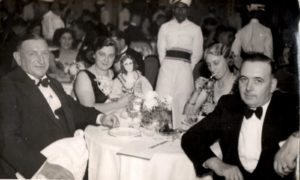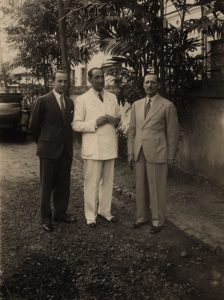Firpo’s, which was once the most happening food joint, nightlife haunt and social venue of Kolkata (Calcutta) since the 1920s, was the brainchild of Angelo Firpo, an Italian. Recently, his grandnephew Enrico De Barbieri was in town at the invitation of the Italian Consulate of Kolkata to relive a lost past. Sreyashi Ghosh walks down the memory lane of the city in colonial times
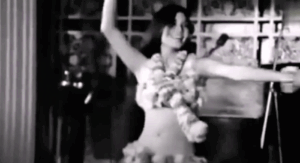
Sometime back, the Italian Consulate of Kolkata organised a grand celebration, re-creating a dinner from Firpo’s, the reputed restaurant and a gem of the city’s nightlife in colonial times.
Consul General Riccardo Dalla Costa hosted a hundred plus guests at a five-star hotel (The Oberoi Grand) where the special invitee was Enrico De Barbieri, grandnephew of Angelo Firpo, who started Firpo’s. Romance, nostalgia and an Italian slice in British India came alive during the November evening last year.
The Firpo’s was a legend and today it stirs a romantic sense of nostalgia, much like an old lover. At that time it stood out as an outstanding Italian gelato amidst a British colonial menu.

Few institutions attained such an iconic status in the 1920s to 1960s as Firpo’s. It was even compared to the famed Maxim’s of Paris. Dominique Lapierre wrote this in the bestseller The City of Joy.
In 1917, Angelo Firpo, a young Italian from Genoa, started a tearoom called Firpo’s on Chowringhee (in the heart of Kolkata), the then centre of business in the British Raj. It was a way of homage to his mentor Federico Peliti, a confectioner, entrepreneur, sculptor and photographer from Piedmont.
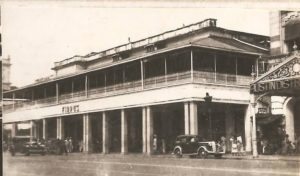
Firpo trained under Peliti at his famed Italian restaurant, Peliti’s, in Kolkata (often visited by Rudyard Kipling). Hailing from a small place near Turin in Italy, Federico Peliti, who was a sculptor-turned-confectioner, came to India as caterer to India’s viceroy, Lord Mayo, in 1869.
The tearoom soon added a restaurant, a patisserie, and a ballroom. It became the favourite hangout for the foreigners residing in the city as well as the local who’s who. Firpo’s hospitality transformed normal into extraordinary. Guests climbing up the red-carpeted staircase were greeted by grand maitre d Rosenelli, with his ever-effervescent smile.
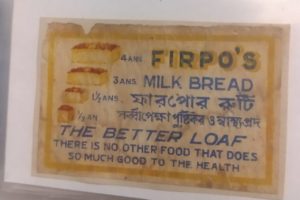
The starched white tablecloth and napkins, the polished silverware, and the majestic chandelier was the perfect accompaniment to the fine cuisine. The menu was always a five course one at the restaurant with several options. From the steak and kidney pie to the ham roast to popular flambé, Firpo’s introduced what has come to be known as ‘continental’ cuisine unique to Kolkata.
Old timers also remember fondly of cocktail sausages served complimentary with the beverages (a beer and plates of sausages would cost no more than Rs. 3 and 8 annas, in the 60s.).
Where Nehru met Nikita Khrushchev
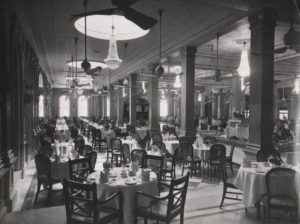
Jawaharlal Nehru had a meeting with Nikita Khrushchev, Russian Prime minister, in this restaurant. It is said that Firpo’s was a favourite of the Maharajas and royalty from all over, the Aga Khan III, the Rana of Nepal, the Maharaja of Cooch Behar, were all patrons. Lord Irving, Viceroy and Governor General, would hold his meeting at Firpo’s.
Anecdotes galore
Anecdotes about Firpo’s abound– iconic British actress Merle Oberon is said to have met Colonel Ben Finney here that led to her passage to Hollywood.
Satyajit Ray had coffee with Marlon Brando, as did most of the socialites. Firpo’s stood tall as an intergenerational institution of Calcutta’s heritage and culture.
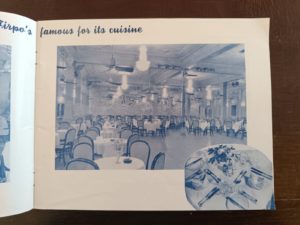
Flipping through old photographs comes Lady Ranu Mookerjee (initiator of the Academy of Fine Arts) and her husband Sir Biren Mookerjee (of Martin Burn fame) dining at Firpo’s in their formal attire.
Samir Mukherjee (Mookerjee), the grandson of Sir Mukherjee (Mookerjee) courted Anita Mukherjee in the wistful Lido Room (an extension of Firpo’s).
He would arrange for the band to play Hello Dolly whenever they entered the Lido.
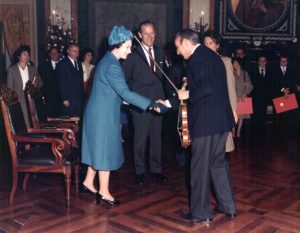
“Three generations of my family enjoyed Firpo’s hospitality and been present at many historic celebrations here. My great grandfather, Rai Bahadur Surendra Nath Ghosh of Loudon St. had many anecdotes about the evenings he spent at Firpo’s festooned in his white dinner jacket and carnation,’’ New Zealand resident Sunil Mukherjee remembers.
Anecdotes suggest that Maharani Gayatri Devi of Cooch Behar met her future husband Maharaja Sawai Man Singh II of Jaipur at Firpo’s.
Commander James Rimmer lived in Calcutta for over 30 years. He was a ship’s captain and lived very close to Firpo’s. He was a friend of Angelo Firpo as remembered by his son.
The grand ballroom of Firpo’s was the first one to have a floor with springs to give dancers that extra bounce. The orchestra was headed by Francisco Casanova who was in Calcutta in the 1940s.
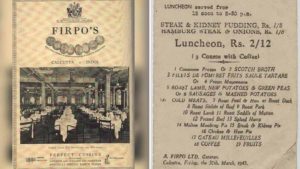
“He played at the Firpo’s and was also, I believe, the conductor of the Calcutta Symphony Orchestra .Firpo’s was the favourite watering hole of the American soldiers posted in Calcutta where jazz pianist Teddy Weatherford played,” Mukherjee says. The orchestration of the popular song Yaad aye na aye tumhari was by Casanova who played in a band at The Grand Hotel in Calcutta.
He played under the music direction of Pankaj Mullick around 1940-41 with its origins in a Rabindrasangeet – monerobe ki na robe amare.
One can only imagine Casanova’s brass band playing this in full swing.
Miss Shefali, Ray and nightlife of 70s
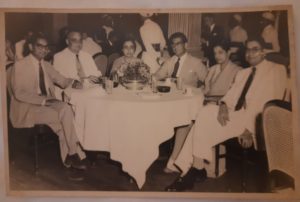
There were cabarets every night, sometimes six performances a night. During the later years Firpo’s presented cabarets by flamboyant Miss Shefali.
Satyajit Ray filmed Shefali in his famous film Seemabaddha in 1971 here.
The patisserie was no less famous for its finest bread, the red and blue foil covered truffles, and the candied cakes that Angelo Firpo baked.
For all its glory Firpo’s was not the most expensive restaurant in town, but the emotion it elicited was that of pure elegance and glory as
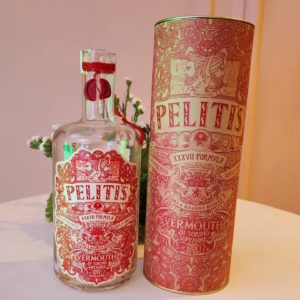
Gouri Basu, co-author of the book Firpo’s to Flurys, confirms. She remembers how her grandfather took her grandmother for a treat there and it is this memory that inspired her to take up writing the book.
Anirban Mitra, celebrated photographer, co-authored Cherries and Cream, a comprehensive coffee table book about the iconic establishments in Bengal which includes Firpo’s.
A relic
Today what is left of the famous restaurant is Firpo’s market, a relic of the past. One of the oldest tenants is the Mullick family of Marble Palace fame. Undoubtedly Firpo’s leaves behind an indelible mark on the historic gastronomic landscape of Kolkata.
Trans World Features (TWF)
